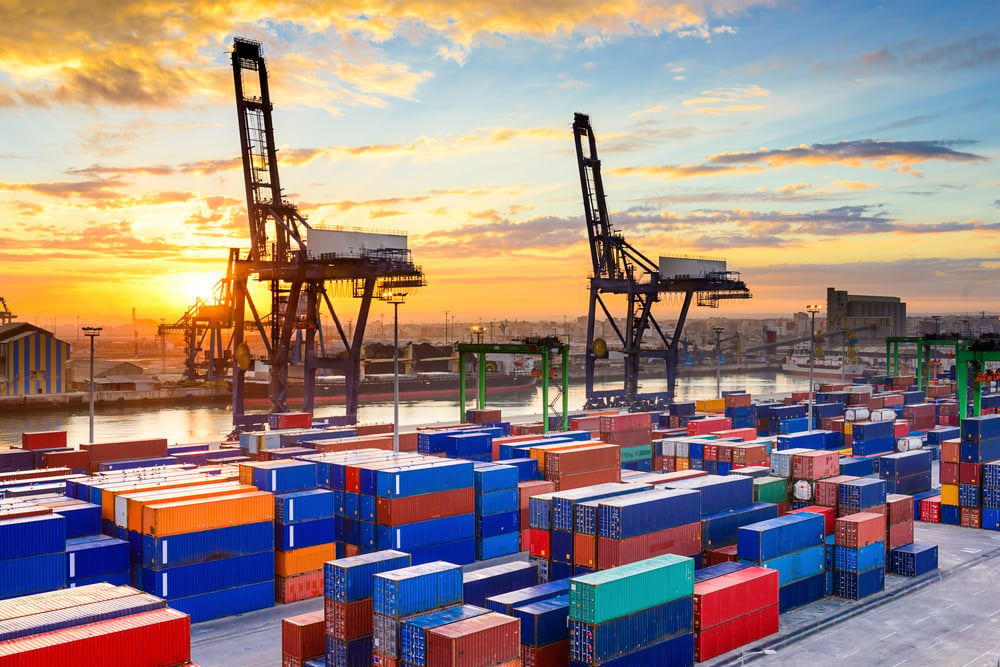Easing of supply chain pressure in 2H 2022 should improve efficiency
Back in late September 2021 we stated our belief that the supply chain crisis might persist until...
Thank you for visiting us!
This website does not completely support on Internet Explorer. Please use another browser.
Apologies for inconvenience
By: Wales Online on Jan 4, 2022 10:35:09 PM

New cars and games consoles to lorry drivers and even crisps were among the most widely reported shortages of the supply chain crisis in 2021.
The economy was revving up thanks to the mammoth vaccine effort and lifting of the last remaining coronavirus restrictions, when the supply crunch hit.
Having pulled through from the so-called pingdemic that decimated workforces as staff were forced to self-isolate, firms were then faced with a summer of crippling shortages of HGV drivers.
Supermarket shelves were left bare, construction projects were paused due to delayed deliveries of materials and even fast food giant McDonald’s ran out of milkshakes as the haulage troubles took their toll.
Then the shortage of lorry drivers rippled down to the petrol pumps in September, causing mass panic-buying at forecourts and mile-long queues of motorists desperate to fill up their tanks. But the UK’s lorry driver shortage was just one part of a much wider supply chain problem felt by economies across the world.
In the UK, it sparked the twin threat of slowing growth and soaring inflation. Having rebounded by 5.4% in the second quarter, growth pulled back sharply to 1.1% between July and September as shortages hit many sectors, accompanied by soaring inflation.
Energy tariffs also spiked because of a 500% rise in wholesale gas prices in less than a year, while steep hikes in the cost of oil also saw fuel prices shoot up.
The Bank downgraded the growth outlook to 0.6% in the fourth quarter of 2021 and experts are pencilling in a difficult start to 2022 due to Omicron.
Samuel Tombs, chief UK economist at Pantheon Macroeconomics, said: “The UK economy will start 2022 on a weakened footing, and will put in an underwhelming performance for the year as a whole.”
Back in late September 2021 we stated our belief that the supply chain crisis might persist until...
IoD warns a lack of preparedness will exacerbate port congestion when grace period ends in January.
A chronic shortage of self-adhesive labels risks causingsupply chaindisruption which could see a...